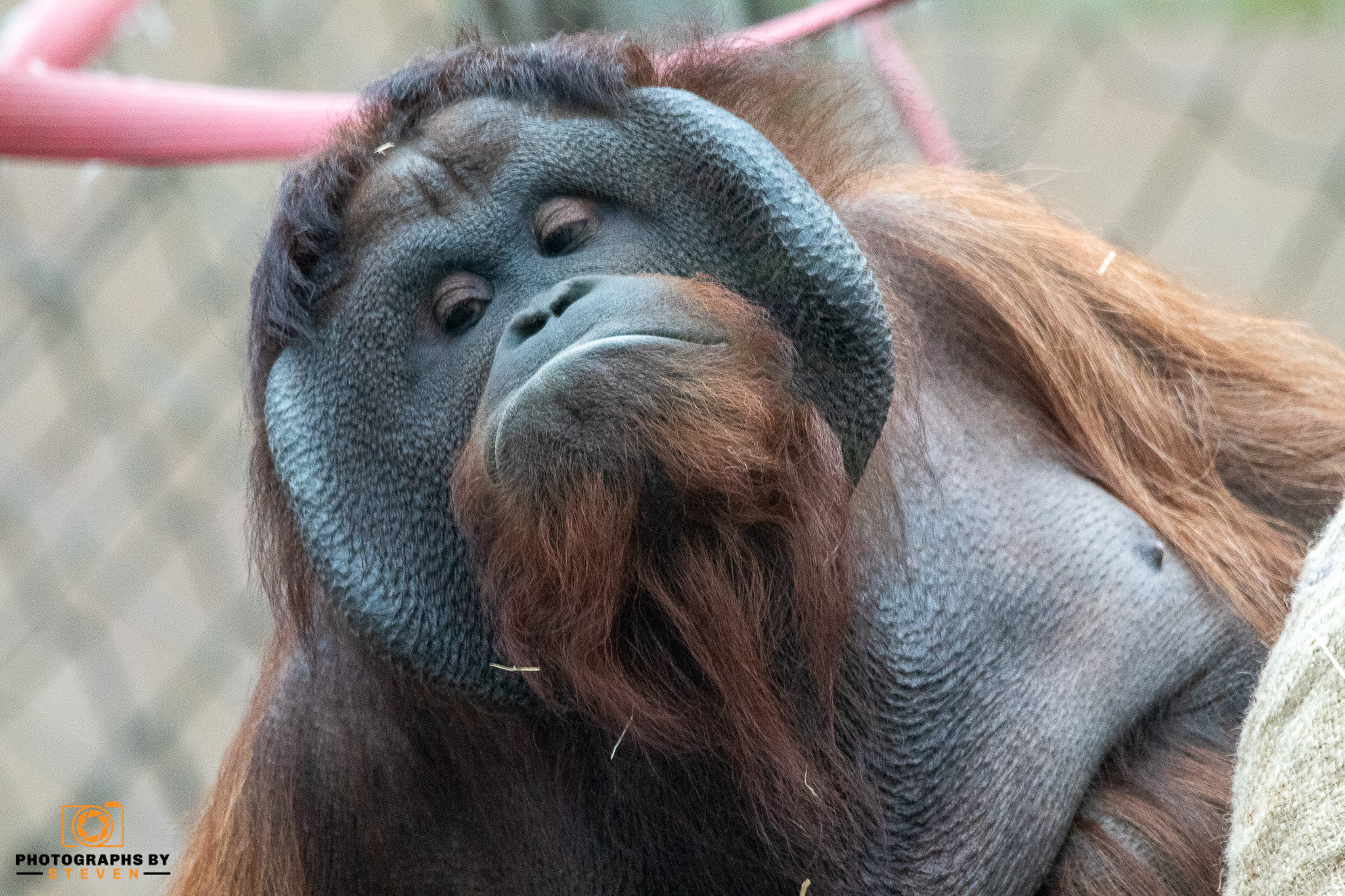The opening of the camera lens is known as the Aperture. More light can reach the sensor through a giant hole, brightening your photos. Because a smaller hole allows less light to get the sensor, your images will be darker.
You may also change the size of the Aperture (and thus the brightness of a photo) by changing the aperture setting on your camera.
The best way to see the aperture definition is to imagine it as an eye's pupil. In low-light situations, the pupil dilates to allow as much light as possible, and it shrinks to adjust for the amount of light when there is too much of it, such as direct sunshine.
As your photography skills improve, you will want more control over your camera. You'll abandon auto modes in favor of manual options such as Aperture and shutter priority. By manually manipulating all three exposure triangle parameters, you can bring out the finest in your photos.
The Aperture has the most impact on a photograph in many circumstances. Using varied apertures provides up to more creative possibilities by allowing for unique effects.
How to Understand the Aperture Values
Aperture can be perplexing at times. Some people will describe a broad or narrow gap, while others say a large or small aperture number. What is the difference? When an aperture like f/1.2 or f/1.8 is addressed, a wide aperture refers to the broad opening of the lens.
When discussing f/22 or f/32, an enormous aperture number relates to the number of f/stops. The terms "big aperture number," "narrow aperture number," and "small aperture number" all refer to the same thing. The first refers to the size of the number, while the second concerns the size of the opening in your lens.
How Is Aperture Measured and Changed?
The f-stop scale is used in photography to determine the size of the Aperture. You'll notice 'f/' followed by a number on your digital camera. The f-number indicates the Aperture's width or narrowness. The aperture size influences the exposure and depth of field.
How Aperture Affects Depth of Field
Depth of field—expressed the acidity or blurriness of the background of your issue—is the zone of acceptable sharpness in front of and behind the topic on which the lens is focused.
How Aperture Affects Shutter Speed
When you use a low f/stop, more light enters the lens, which means the shutter doesn't have to stay open as long to create a proper exposure, resulting in a faster shutter speed.
Know photography trends of 2022 .Adjusting the Aperture on your camera
You changed the shooting mode on your camera to Manual or Aperture Priority. Then, to alter the f-number, rotate the necessary camera dial. (Your camera's specific deal will vary depending on the model; if you're having trouble, consult your manual.)
● f/1.4 – This one works well in low-light conditions. In addition, it creates a shallow depth of field. It's best to use it on an external topic or for bokeh.
● f/2 – This range has many of the same applications as the f/1.4 range. However, an f/2 lens costs a third of what an f/1.4 lens does.
● f/2.8 – Still appropriate for low-light situations, but the greater depth of field allows for more detail in facial features
● f/5.6 – It's fine for shots of one or two people, but it's not great in low light. If you have a bounce flash, use it here.
● f/8 – This is beneficial for large gatherings since it ensures that everyone remains focused.



Leave me a comment
Thank you for reading my post, if you want to leave a comment, you can do so below.